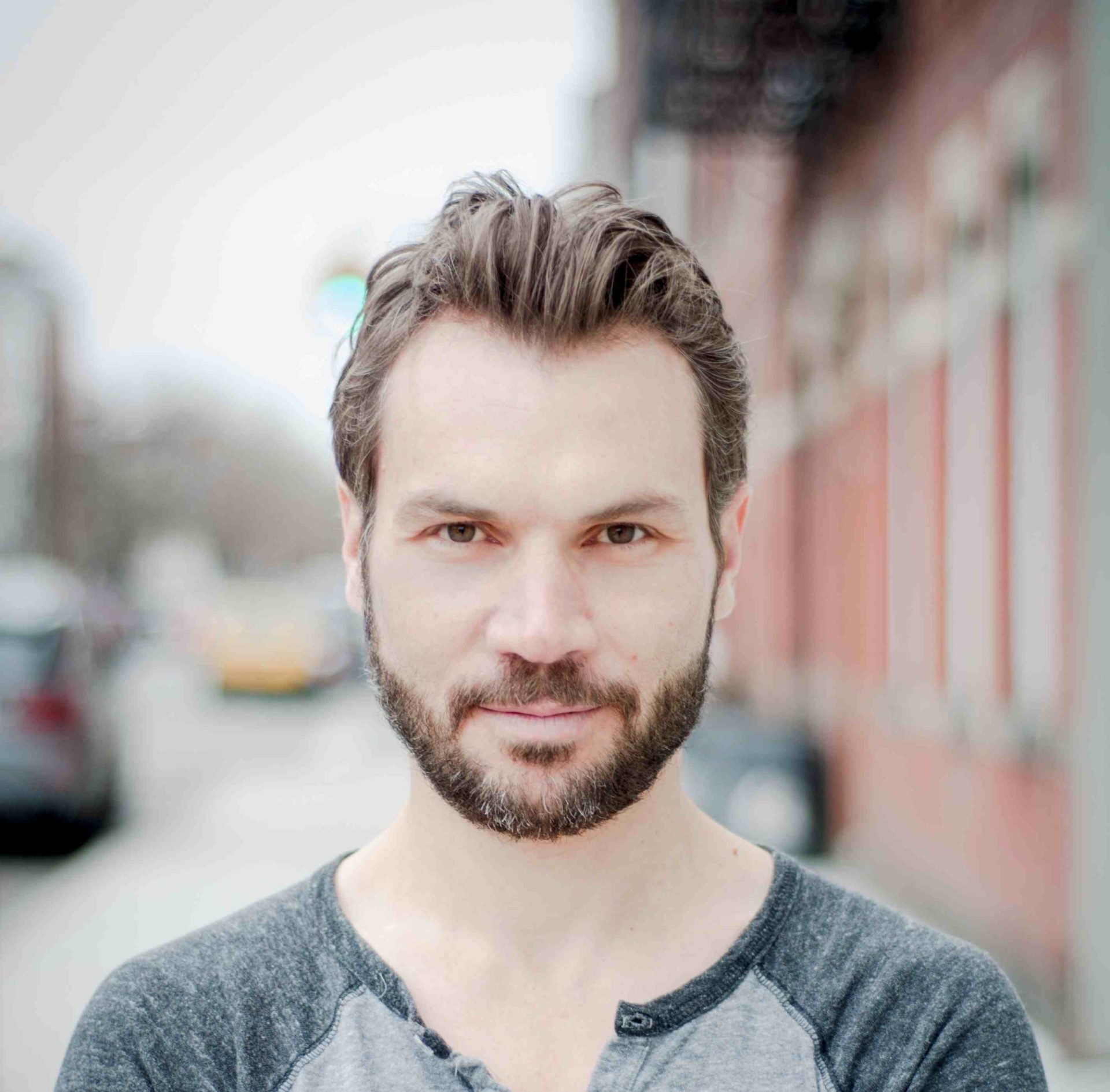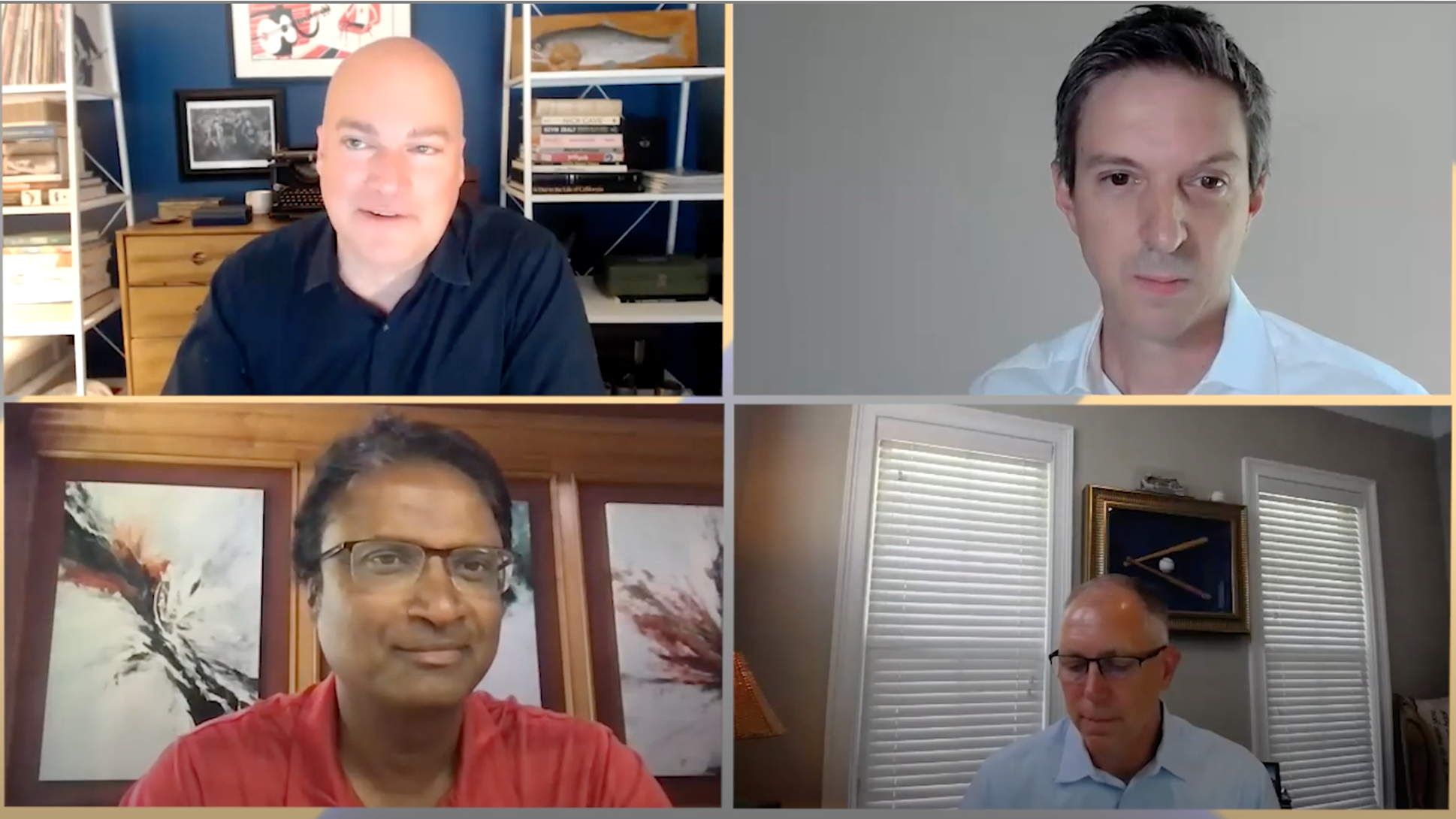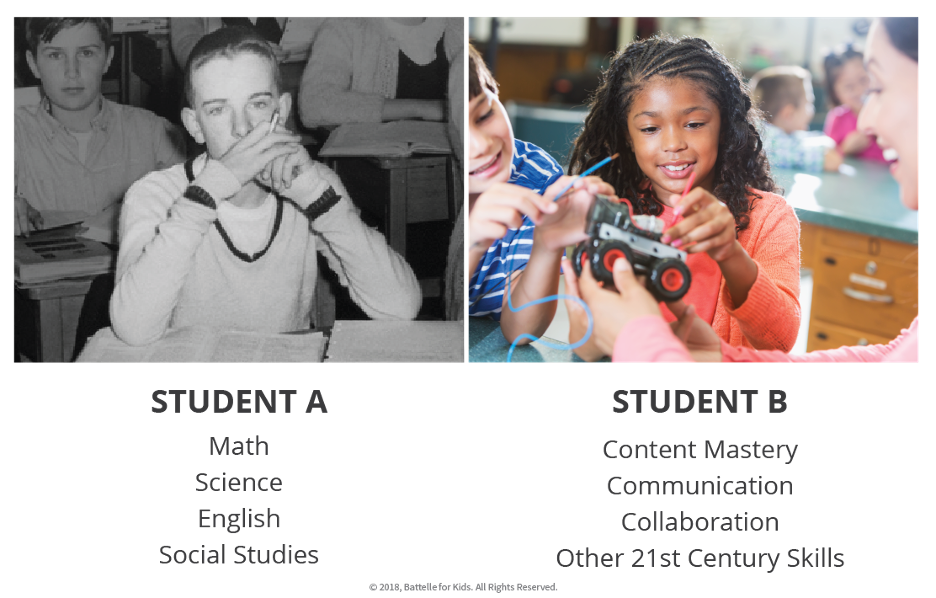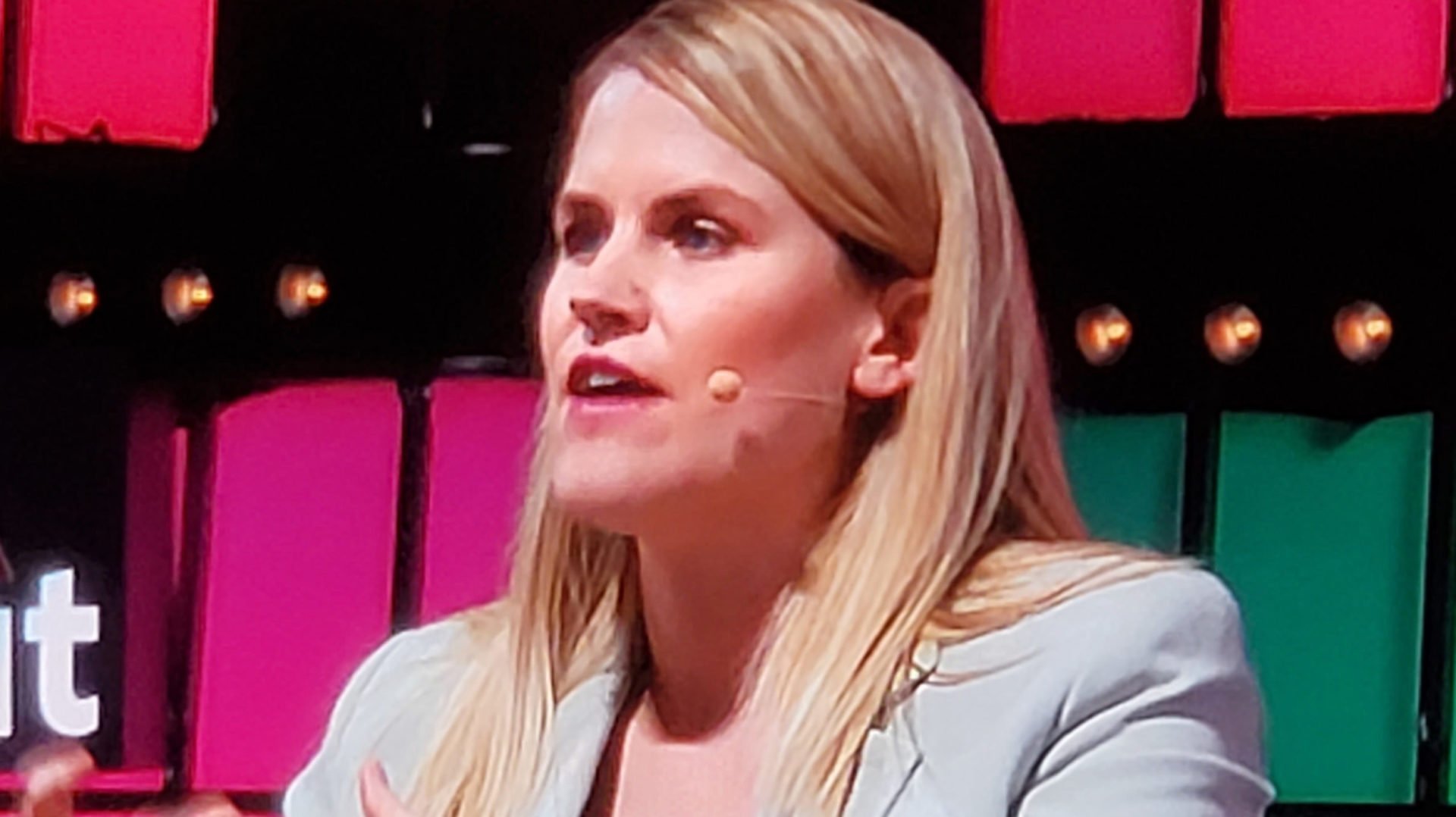Tracking down the perpetrators of Monday’s Boston Marathon bombing will depend in part on determining the techniques they used, an aspect of the investigation that will rely heavily on evidence gathered from videos and photos of the crime scene. The New Yorker’s Paige Williams spoke with former crime-scene analyst and Boston University School of Medicine instructor Adam B. Hall about the types of clues investigators will be looking for, and why. Forensic chemistry, explains Hall, lets investigators put together chemical evidence in crimes that involve drugs, arson, and explosives.
To learn about the devices used in the Boston attack, Hall says investigators will be collecting every piece of evidence they can. “I can imagine they’re treating this almost like a plane crash,” says Hall. While some evidence is transient and can be washed away by rain, Hall says that the biggest clues will come from photos of the scene, including ones that show the color of the explosion and the smoke. The white color of the smoke from the bombs suggests to Hall the use of high explosive, like ANFO, the same explosive used in the Oklahoma CIty bombing, or T.A.T.P. Also important will be what witnesses report about what they saw, smelled, and heard. Trained ears, for example, can evaluate the brisance—the sound of an explosion—to evaluate the type of explosive used.
In addition to helping determine the type of explosives used, the use of crowdsourced images, videos, and testimonials may eventually help identify the perpetrators. Establishing whether the explosive was remotely detonated by a cell phone, for example, will offer clues about the attackers’ level of technical sophistication. CNN reports that the investigation will rely to an unprecedented extent on crowdsourced images and videos from spectators’ cellphones, Vine videos, and Instagram feeds. Richard DesLauriers, the FBI special agent in charge of the investigation, said he wants to see “any and all imagery taken by anyone and everyone where the blasts occurred Monday.”
Images and video of the bombing proliferated on social media like Twitter, Facebook, and YouTube in the minutes after the blasts. Investigators will combine that trove of evidence with video from surveillance cameras at Copley Square and, as Boston police commissioner Ed Davis said at a press conference today, “go through every frame we have to to determine who was in the area.” Interviews of witnesses will also be a critical component in the collection of evidence. How investigators process all the data they cull from surveillance footage and spectators’ photos, videos, and testimonials will likely lead to advances in the way highly visible attacks on soft targets are solved, and hopefully prevented.
Investigators Will Crowdsource Clues to Boston Attack
Tracking down the perpetrators of Monday's Boston Marathon bombing will depend in part on determining the techniques they used, an aspect of the investigation that will rely heavily on evidence gathered from videos and photos of the crime scene. The New Yorker's Paige Williams spoke with former crime-scene analyst and Boston University School of Medicine instructor Adam B. Hall about the types of clues investigators will be looking for, and why. Forensic chemistry, explains Hall, lets investigators put together chemical evidence in crimes that involve drugs, arson, and explosives. To learn about the devices used in the Boston attack, Hall says investigators will be collecting every piece of evidence they can.














